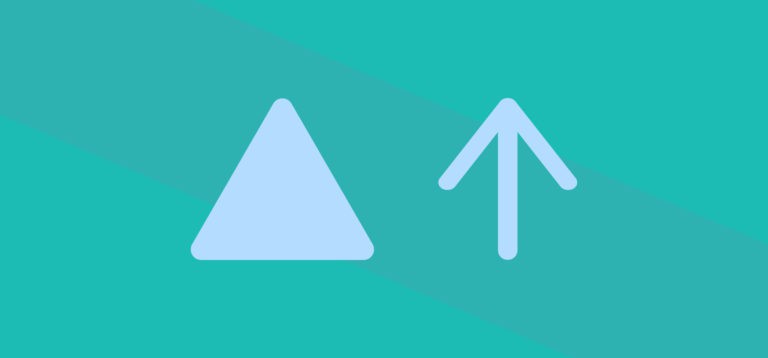
The output of this step is an idea that solves the problem within the appetite but without all the fine details worked out.Ģ.2.3.1. We do this at a higher level of abstraction than wireframes in order to move fast and explore a wide enough range of possibilities. Then comes the creative work of sketching a solution. This gives us the basic boundaries to shape into.Ģ.2.2.1.

First we figure out how much time the raw idea is worth and how to define the problem. It’s that kind of private, rough, early work.Ģ.2.1.1. When working with a collaborator, you move fast, speak frankly and jump from one promising position to another. There’ll be rough diagrams in front of you that nobody outside the room would be able to interpret. You might be alone sketching on paper or in front of a whiteboard with a close collaborator. Shaping is a closed-door, creative process. Words are too abstract! When a project is defined in a few words, nobody knows what it means.Ģ.1.4. Wireframes are too concrete! No space for designer, too much detailsĢ.1.3. Product managers often err on one of these two extremes.Ģ.1.2.

When we shape the work, we need to do it at the right level of abstraction: not too vague and not too concrete. Shape Up by Basecamp by Vladimir Merkushev 1.


 0 kommentar(er)
0 kommentar(er)
